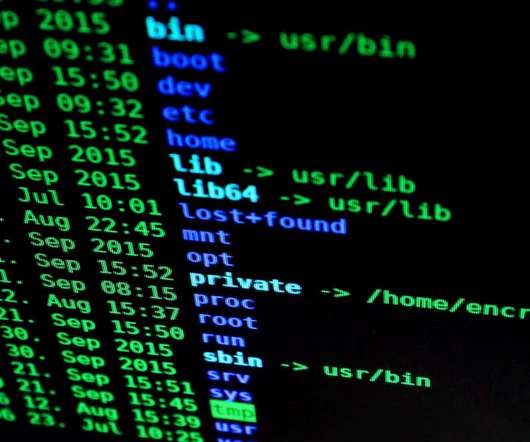Will cryptocurrency mining soon saturate AWS, Microsoft Azure and Google Cloud?
The Last Watchdog
JUNE 20, 2018
Cryptojacking, as defined by the Federal Trade Commission , is the use of JavaScript code to capture cryptocurrencies in users’ browsers without asking permission. Bilogorskiy: Before 2013 a lot of malware was focused on spam, DDoS and monetizing through malicious advertising and ad fraud. Bilogorskiy: Exactly. It was insane.











Let's personalize your content